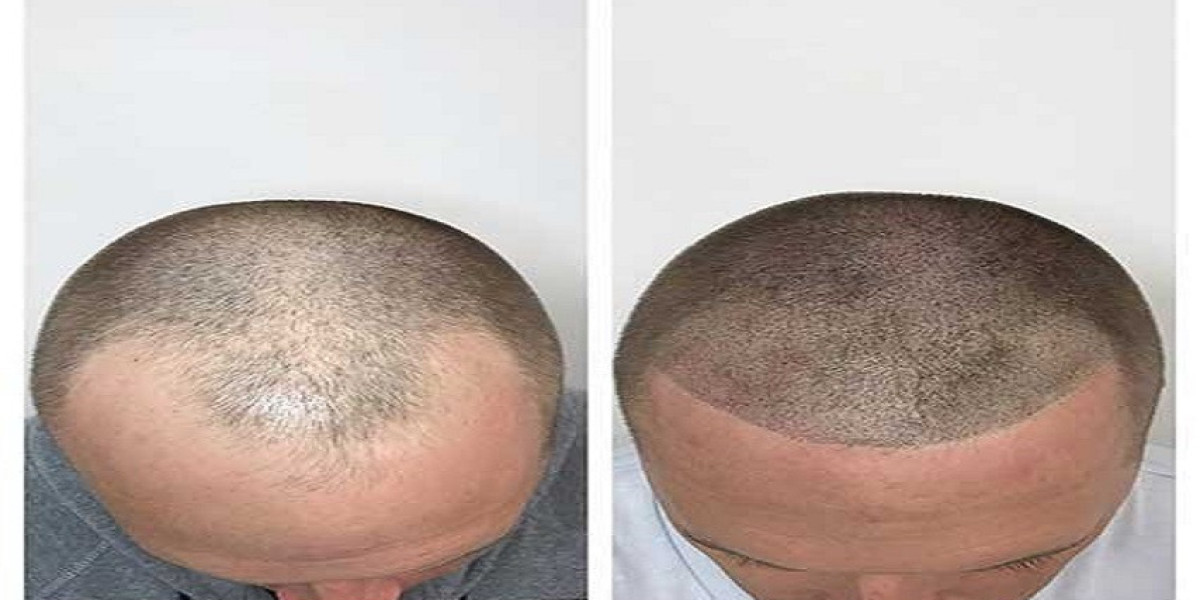That persistent itch, those tell-tale flakes – dandruff. We've all been there, or know someone who has. While dandruff can be caused by various factors, fungal infections often play a significant role. This type of dandruff, sometimes more severe and stubborn, requires a targeted approach. This post will delve into the world of fungal dandruff, exploring its causes, recognizing its symptoms, and outlining effective treatment strategies to help you reclaim a healthy scalp.
Understanding the Fungal Connection:
Dandruff isn't simply dry skin. It's often a sign of an overgrowth of Malasseziaglobosa, a yeast-like fungus that naturally lives on the scalp. In some individuals, this fungus can trigger an inflammatory response, leading to the shedding of skin cells at an accelerated rate – the visible flakes we know as dandruff. Think of it as the scalp's immune system overreacting to the presence of this common microbe.
Distinguishing Fungal Dandruff:
While all dandruff involves flaking, fungal dandruff often presents with specific characteristics:
- Intense Itching: The itch associated with fungal dandruff can be particularly persistent and bothersome.
- Redness and Inflammation: The scalp may appear red and irritated, sometimes even slightly sore.
- Larger, Oily Flakes: Fungal dandruff flakes tend to be larger and often appear oilier or yellowish compared to the dry, white flakes associated with other types of dandruff.
- Scalp Sensitivity: The scalp may feel more sensitive to touch and certain hair products.
- Potential for Spread: In some cases, fungal dandruff can spread to other areas, such as the eyebrows, hairline, or even the chest.
Factors that Encourage Fungal Growth:
Several factors can create an environment conducive to Malassezia overgrowth and fungal dandruff:
- Sebum Production:Malassezia thrives on sebum (scalp oil). Individuals with oily skin are more prone to fungal dandruff.
- Warm, Humid Environments: These conditions provide an ideal breeding ground for the fungus.
- Weakened Immune System: A compromised immune system may make it harder for the body to control fungal growth.
- Hormonal Changes: Hormonal fluctuations can sometimes contribute to dandruff flare-ups.
- Poor Hygiene: While not the direct cause, infrequent shampooing can allow sebum to build up, creating a favorable environment for fungal growth.
Effective Treatment Strategies:
Combating fungal dandruff requires a consistent and targeted approach. Here are some effective treatment options:
- Antifungal Shampoos: These are the cornerstone of fungal dandruff treatment. Look for shampoos containing active ingredients like ketoconazole, ciclopirox, selenium sulfide, or zinc pyrithione. These ingredients work to reduce the fungal population on the scalp. Use these shampoos as directed, often two to three times a week.
- Topical Antifungal Creams or Lotions: For more localized or severe cases, your doctor may recommend topical antifungal creams or lotions to apply directly to the affected areas.
- Prescription Medications: In some instances, stronger prescription antifungal medications, either topical or oral, may be necessary to control the infection.
- Lifestyle Modifications: Certain lifestyle changes can complement medical treatments:
- Regular Shampooing: Washing your hair regularly helps to remove excess sebum and control fungal growth.
- Balanced Diet: A healthy diet supports overall skin and scalp health.
- Stress Management: Stress can exacerbate dandruff. Practicing stress-reducing techniques can be beneficial.
- Avoid Irritants: Identify and avoid hair products that irritate your scalp.
When to See a Doctor:
If over-the-counter treatments don't provide relief, or if your dandruff is severe, persistent, or accompanied by significant scalp inflammation, it's essential to consult a dermatologist. They can accurately diagnose the cause of your dandruff and recommend the most appropriate treatment plan. They can also rule out other potential skin conditions that may be mimicking dandruff.
A Note on Prevention:
While fungal dandruff can sometimes recur, there are steps you can take to minimize your risk:
- Maintain Scalp Hygiene: Shampoo regularly to prevent sebum buildup.
- Use Antifungal Shampoo Periodically: Even when symptoms are under control, using an antifungal shampoo once a week can help prevent flare-ups.
- Manage Stress: Stress reduction is key for overall health, including scalp health.
- Avoid Sharing Hair Tools: Sharing combs, brushes, or hats can spread fungal infections.
In conclusion, fungal dandruff is a common condition that can be effectively managed with the right approach. Understanding the causes, recognizing the symptoms, and seeking professional help when needed are crucial steps in achieving a healthy, flake-free scalp. With consistent treatment and healthy habits, you can break the itch-flake cycle and enjoy a comfortable, confident scalp.
How to Identify and Treat Fungal Dandruff: Expert Advice
Preventing Hair Fall Caused by Thyroid Issues: Tips and Solutions








